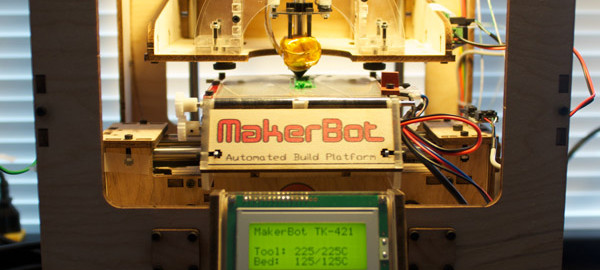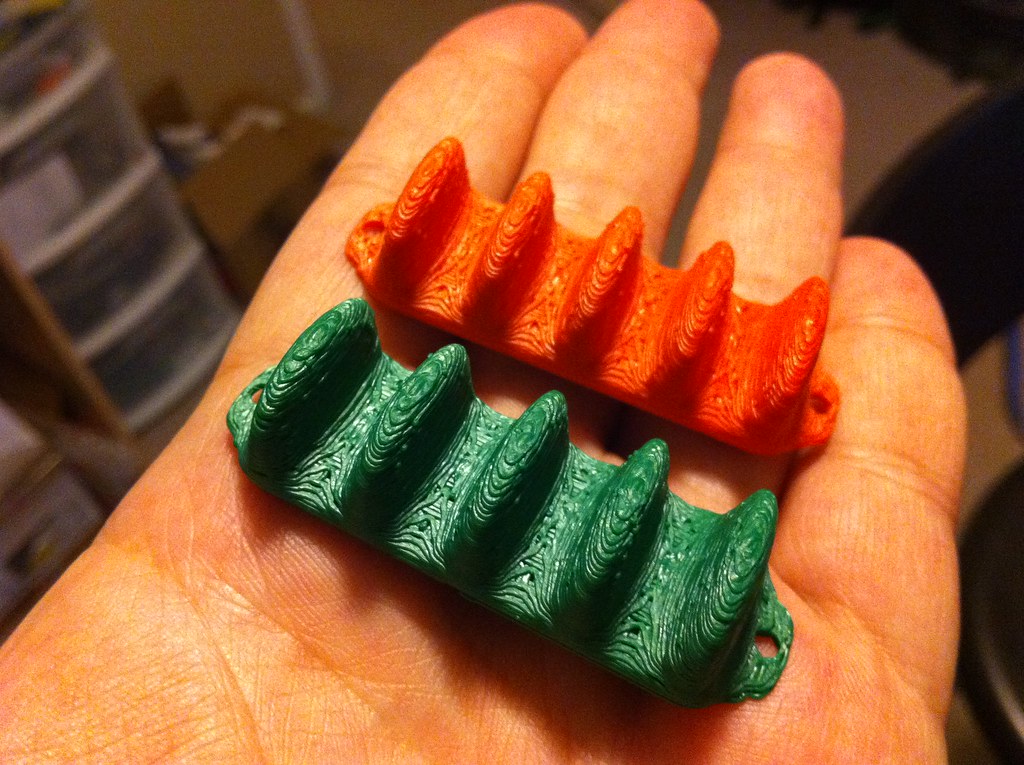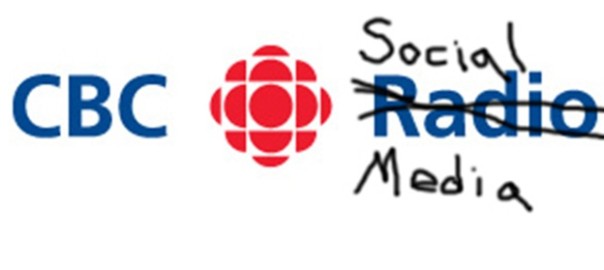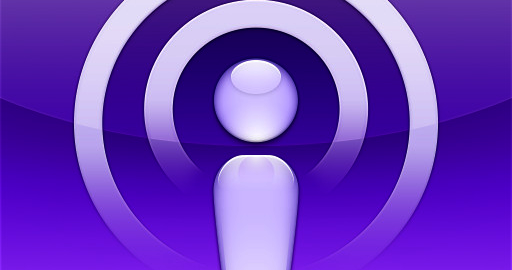A couple of weeks ago I was interviewed as a Featured Photographer for This is East Van – a community photography project that has its second book in production. As well, my web design company, 32spokes, was recently hired by Uprising Breads Bakery to provide some food photography. These things got me thinking about my camera equipment – and that it was high time for an upgrade. The last time I actually purchased professional gear was back in 2005 when I bagged a used Nikon D100.
I went to Mike Mander, the head of the digital department of Beau Photo in Vancouver, and spoke to him about my need for something with more going for it than my phone camera.
Mike told me about the Fuji X10, which he described as “The baby brother to the Fuji X100,” but with much better macro capabilities and the capacity to use the raw format. (Mike hasn’t lead me astray with any of his advice or suggestions in the past and it’s one of the reasons why my first stop is usually Beau Photo.) He piqued my interest and I asked if I could see one. Then he said it wasn’t going to be released for two months …
I put in a pre-order and waited, but not for long. In just shy of two weeks Mike called, saying my camera had arrived and it was one of only two in stock. I decided to take the X10 out for a test drive at the local Remembrance Day ceremonies in Sechelt.

My first impression was that it’s a small but solid body with a visual viewfinder that’s actually large enough to be usable, along with a shutter release and zoom dial that are in easy reach when the camera is brought up to your eye.
I find the twist on and off feature of the camera ingenious and problematic. I love it when I am using the camera but if I want to turn the camera on I can’t do that without exposing the lens. I just have to hold down the playback button for a few seconds. (and thanks to steve for the clarification in the comments.)
One thing that amazed me about the X10 was its frames per second capacity for a camera in its price range. I set it to capture both jpg and raw formats at medium speed, which the manual states to be about 3 fps and it wasn’t far off. My beloved FM2 with the motor drive was only 2.5 fps and my F90X topped out at 3.5 fps. The technology has certainly come a long way over last couple years.

Once the Eye-Fi card was set up, I found the transfer process puzzling. It treats the raw and jpeg image types as different entities and wants to put them in different folders.
I ended up returning the Eye Fi card and just got a regular SD Card as it didn’t really work for me and it drained my battery quite quickly. I know Eye Fi works for other photographer I have talked with, but it just didn’t work for me.
A camera with very few minuses. But here are a few…
The NP-50 battery will last for an hour or two of shooting, but having a second battery on hand is certainly recommended.
The LH-X10 Lens hood does mount quite easily and accepts a standard 52mm filter. But once the lens hood is attached it does block the visual viewfinder a bit. Not a big miss, but worth a mention.
I also ended up returning the shoe mounted flash EF-42 and it was just far to large for the camera. I would say it is more like holding a feather and then putting a gorilla on top of. I felt it was completely unwieldy. I did some weight testing and the camera only weight 20mg more then the flash. I know a large flash can disrupt the balance of camera, but making a flash that weights almost as much camera is not well thought in my honest opinion by the folks at fuji.
I look forward to when Adobe and/or Apple add the X10 to their list of raw converters and to learning how to use the dynamic capture feature to its fullest potential. All in all, it feels great to have a new camera and I’m very pleased with the picture quality I’ve seen so far. I love the feeling of a real camera in my hands and I love the feeling of a shutter release with a hole in the middle. It is something that a phone just can’t deliver… the feel of a real camera in your hand.
PS: All the images displayed were captured on jpg and adjusted with Photoshop CS4.



























